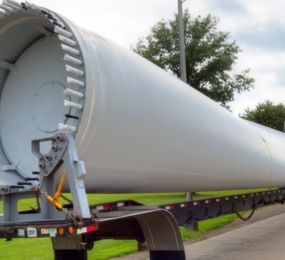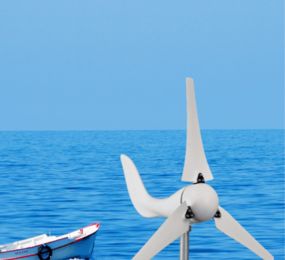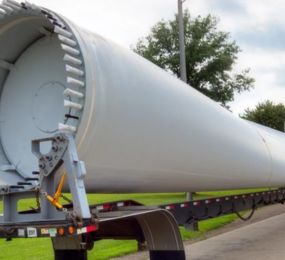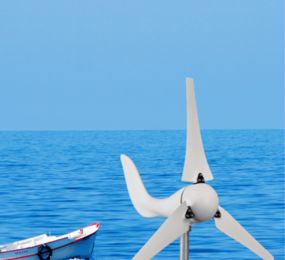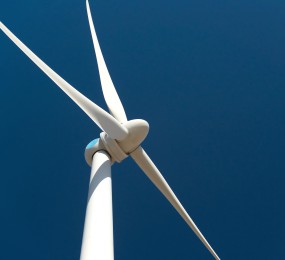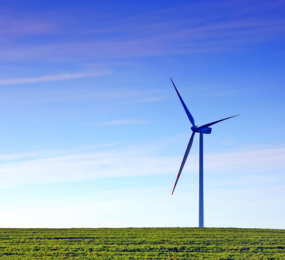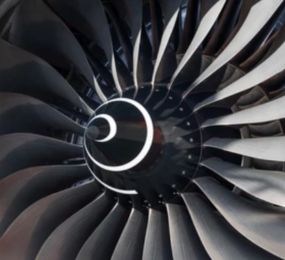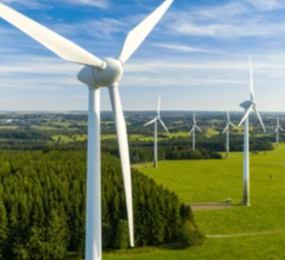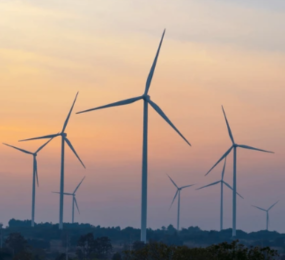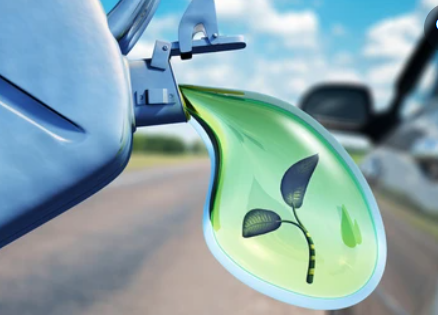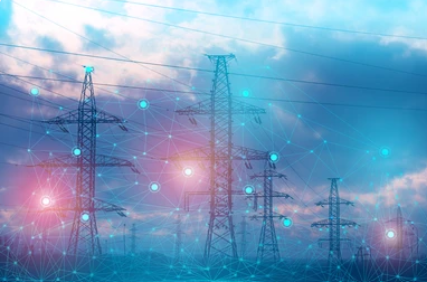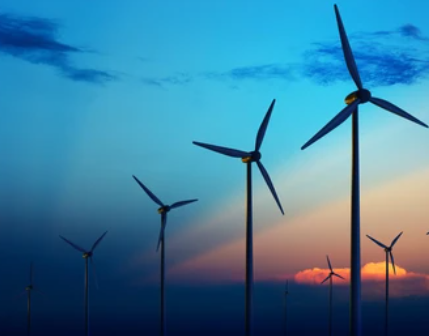Catching the Wind: The Story Behind Modern Wind Turbine Blades
Look up at a wind farm and you'll see something elegant yet powerful giant blades gracefully sweeping the sky, converting nature’s movement into electricity. But behind the sleek form of every wind turbine blade lies a story of engineering innovation, environmental responsibility, and growing urgency to address the sustainability of renewable technologies.
Wind turbine blades are no longer just components they’re the heart of the clean energy movement.
Form Meets Function
The design of wind turbine blades is a blend of aerodynamics, material science, and real-world durability. The longer the blade, the more wind it can capture and the more power it can produce. That’s why blades have grown from just a few meters long in the early 1990s to over 100 meters today for offshore turbines.
But with size comes complexity. Engineers have to ensure blades are light enough to rotate efficiently, strong enough to withstand extreme weather, and flexible enough to avoid damage from vibrations and loads.
To achieve this balance, blades are typically made from composite materials like fiberglass-reinforced epoxy resin or carbon fiber. These materials provide strength without excessive weight, enabling blades to operate continuously for up to 25 years in some of the harshest environments on Earth.
The Sustainability Puzzle
As wind energy capacity increases globally, another challenge has emerged what happens to the blades at the end of their lifespan?
Unlike the steel towers or copper wiring in turbines, blades are difficult to recycle due to their layered composite construction. For years, most retired blades ended up in landfills. But the industry is evolving.
Today, new approaches such as thermal processing, mechanical shredding, and chemical recycling are offering pathways to repurpose blade materials. Some companies are turning old blades into panels for pedestrian bridges or materials for cement kilns, giving them a second life with a reduced environmental footprint.
Meanwhile, researchers are working on next-generation blade materials made from thermoplastics, which can be melted down and reused bringing the wind energy sector closer to circularity.
Global Innovation, Local Impact
Countries investing heavily in wind like Denmark, Germany, the U.S., and China are pushing blade technology forward. But the benefits extend well beyond innovation hubs.
In many communities, wind projects bring jobs in blade manufacturing, transport, maintenance, and end-of-life processing. As the world shifts away from fossil fuels, wind energy and the blades that make it possible are helping drive a just and inclusive energy transition.
Takeaway
Wind turbine blades represent more than advanced engineering they symbolize a commitment to harnessing clean energy in smarter, more sustainable ways. As designs evolve and recycling solutions mature, the future of wind energy is not only more powerful but also more responsible Learn more on our website: https://www.leadventgrp.com/events/3rd-annual-wind-blade-materials-and-recycling-forum/details
For more information and group participation, contact us: [email protected]
Leadvent Group - Industry Leading Events for Business Leaders!
www.leadventgrp.com | [email protected]


